I am always on the lookout for new and exciting tarantula species that I can add to my ever-growing collection. In 2014, one species in particular stood out for me…Monocentropus balfouri, the Socotra Island Blue Leg Baboon Spider. For the most part I have never had an interest in baboon spiders but this one certainly struck my fancy. First off, it is stunningly beautiful with its tan and blue coloration. Next, from what I have read, they are generally pretty docile, a trait not often found in baboon spiders. Then, since they live in a dry climate, their humidity requirements are minimal. Finally, word has it that they can be kept successfully in groups, something that is rare in tarantulas.
When most people think of tarantulas, they think of big brown ugly spiders. Yes, while there are many species of tarantulas that could fit this description, there are also many species in the world with not only spectacular markings but also breathtaking colors. Species like Poecilotheria metallica and Caribena versicolor come to mind. Monocentropus balfouri is the first species in many years that really made me excited about owning!
Poecilotheria metallica, the Gooty Ornamental Tree Spider.
Caribena versicolor, the Antilles Pink-Toe Tarantula.
Baboon spiders, as a rule, tend to be very aggressive, making handling a problem. Though most people don’t handle their tarantulas, there are times when they must be transported from one container to another, either to clean out an enclosure or to put them into larger enclosures. This can be risky at times for tarantulas that are aggressive. Not only are they more likely to want to run and escape, but they are also more likely to try and bite as well.
Socatra Island, off the coast of Yemen, is a very dry and arid location. Because of this, low humidity is not a problem for this spider. Many tropical species of tarantulas require higher humidity to survive. In a dry climate like where I live this can be a problem and must be created artificially by keeping the enclosure’s substrate constantly moist and by adding more heat. Humidity is also essential for a tarantula during the critical time when it sheds it skin, or molts. A species like balfouri will do fine with just the addition of a water dish.
Generally, tarantulas are cannibalistic, meaning they will readily eat each other when they come in contact with each other in the wild or in captivity. When keeping tarantulas as pets they are housed in their own enclosure, only coming in contact with others of their species if an attempt to breed is made. Even with mating, the males risk becoming a meal to the female. Though some species of tree-dwelling tarantulas, like Avicularia and Poecilotheria, have been successfully kept together in groups in large enclosures, these spiders require a lot of room and space between each other and must be kept well fed in the hopes that they don’t eat each other. It is rare for a ground-dwelling species to live communally but this species does, and other keepers have had really good success in trying this. Another interesting aspect of this species is that the babies, once hatched, spend a good amount of their time with the mother. From the research I’ve been doing, balfouri spiderlings actually benefit by staying with mom and she has even been known to feed them, providing pre-killed and crushed food that they can suck the juices from.
So, this is a record of my attempt at this, featuring seven Monocentropus balfouri spiderlings. I bought them from Urban Tarantulas, a dealer I found on the Arachnoboards. They are all at about the 1-1/2″ size. For a substrate I used Lugarti Premium Tarantula Substrate. This will actually be the first time I have used this. I also added a bunch of cork bark and driftwood, providing different places for the tarantulas to hide. For an enclosure, after listening to Tom Moran (of Tom’s Big Spiders), I went with a 24″ x 12″ x 12″ 3/16″ acrylic tank by Lorex Plastics in Norwalk, CT.
Though I reviewed the enclosure here, I do want to discuss the Lugarti Premium Tarantula Substrate. For doing this enclosure, I wanted it to be an attractive centerpiece, with tarantulas. Knowing that these tarantulas were burrowers, I wanted a substrate that would support the digging. After doing research I decided to go with the Lugarti mix. I had heard good and bad things about it, depending on the keeper. I have also become aware of the tarantula community, who all have their own favorite materials to use and though they may like one product, someone else may not agree. I am always open to trying new things so decided to go with this mix. I bought four bags for a total of 32 dry quarts.

Two of the biggest complaints I have heard was that this substrate often contained sticks and clumps. Between the four bags, I found one small stick which didn’t concern me. I also didn’t find the clumps to be a problem. To me this says that it will clump and hold its shape, perfect for burrowing species. I also feel that the clumps are easy enough to break down if it’s really an issue, which to me it was not. The four bags provided four inches of substrate for this sized enclosure.
I then added driftwood and cork bark. Though balfouri are communal, I feel giving them plenty of places to hide is ideal. A water dish and a species label were also added before introducing the spiders to their new home. Now before anyone complains that this enclosure is too large for tarantulas of this size, this is something I thought about prior to purchasing the enclosure.
I could’ve easily bought a smaller enclosure for them to start out in but opted to go this route. Knowing that they are burrowers, my fear was that when it came time to re-house them, that it may actually be stressful on the spiders. To move them would mean digging them out of their burrows which is something I really didn’t want to do. My thinking is that they will just increase their burrows as they grow, and they would never have to be bothered.
The enclosure was put together and the spiderlings introduced on Friday, February 4th, 2022. It didn’t take long for them to take up housing along the edge of some cork bark and start webbing up their new homes. A day later one molted as well. At this point they seem comfortable in their new enclosure and as things progress, I will add to this blog.
February 12, 2022: As of today, I have only seen five of the seven tarantulas at one time. This actually does not concern me though as there are plenty of burrows and hiding places for the remaining two to hide in. I have yet to see any of them eat, though there is a good number of size-appropriate crickets in the tank. I even tried pre-killed crickets and placed them outside of their burrows but have seen no feeding on these as well. The only issue so far is that one of the pieces of driftwood started to get moldy, so I removed it.
February 26, 2022: As of today, the webbing has become more extensive and there is no doubt that everyone is sharing the same burrow. I have seen as many as five spiderlings at one time and have even witnessed them eating together. On a sad note, one spiderling did wander out into another area of the enclosure and passed away. Initially I saw it on its own and it seemed fine; the next day it was in the death curl. Though it was still alive, it could barely move. I tried giving it some water but within a few hours it passed. The cause is unknown. What is known though is that it was not cannibalized by the other six.
~David Albaugh

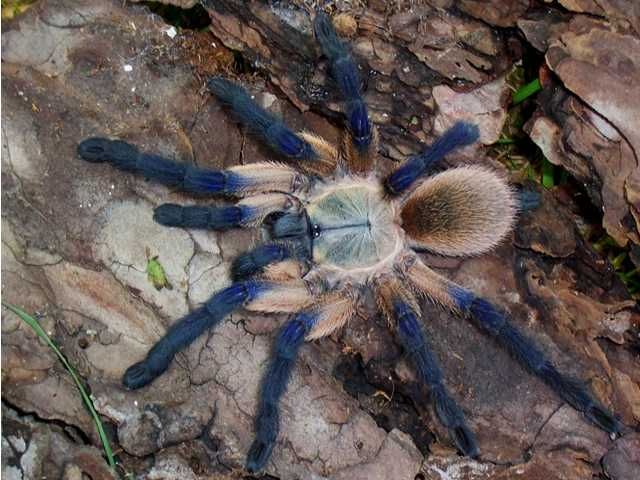






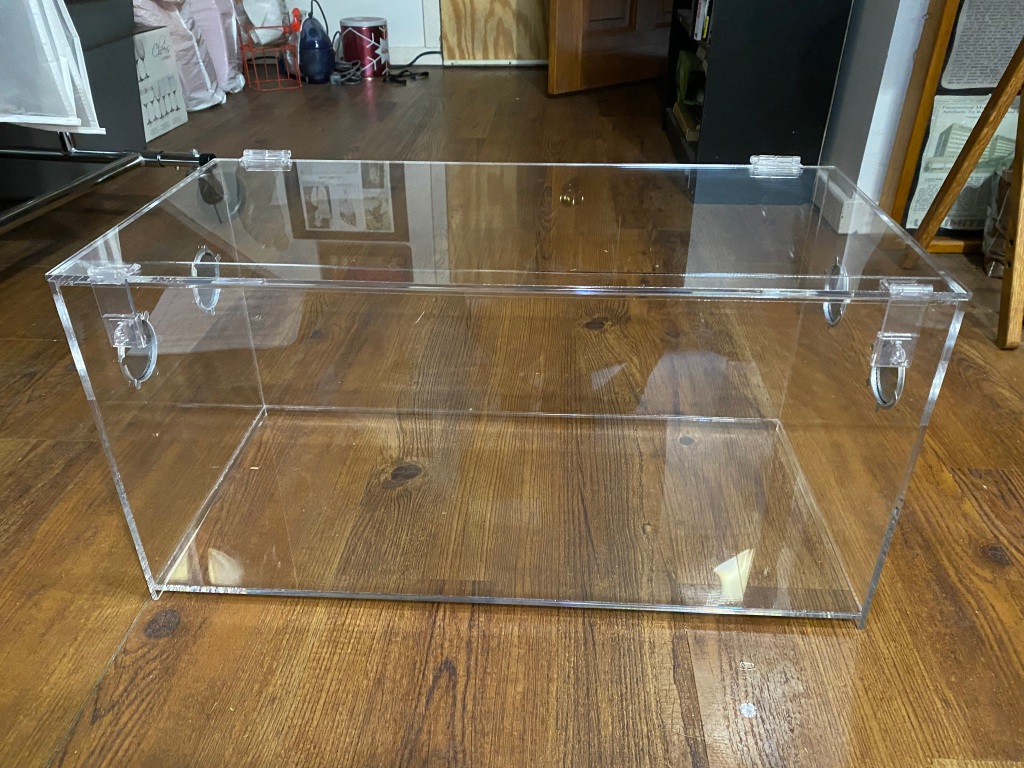


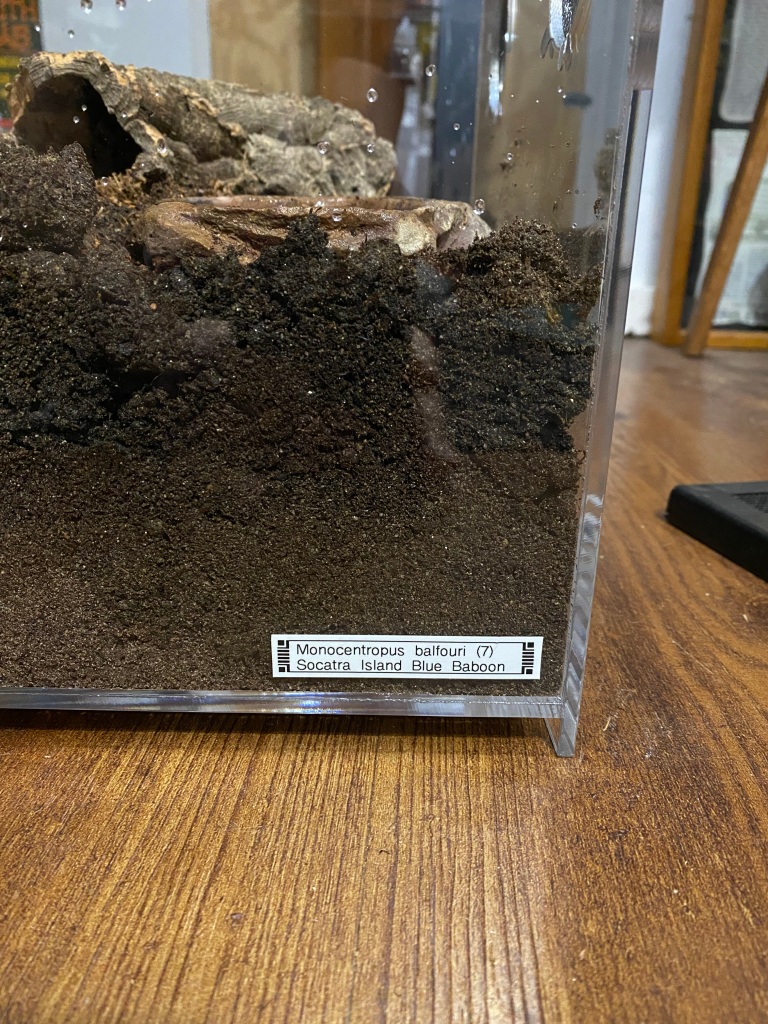
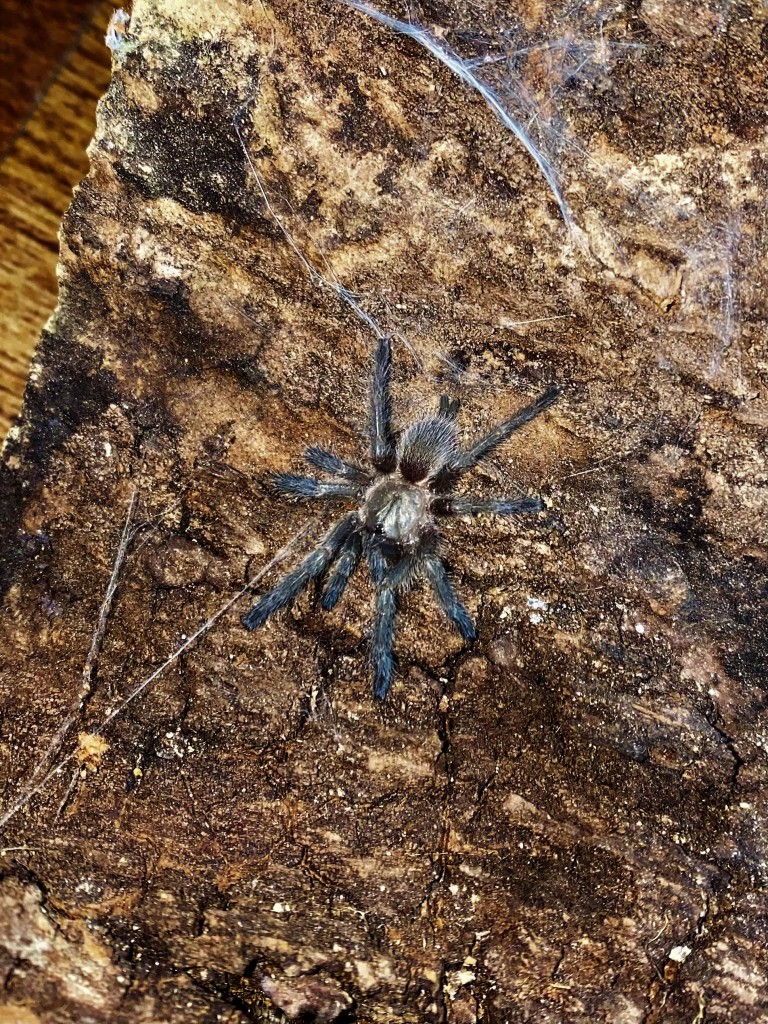




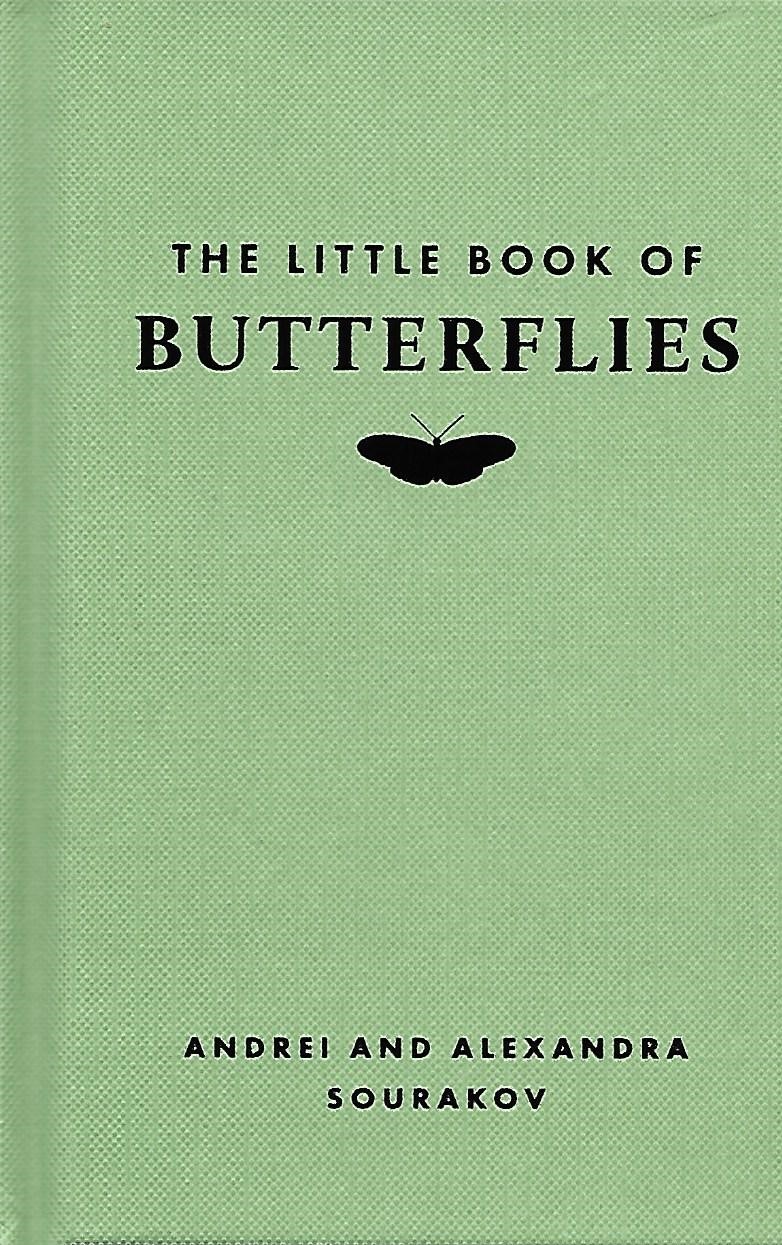
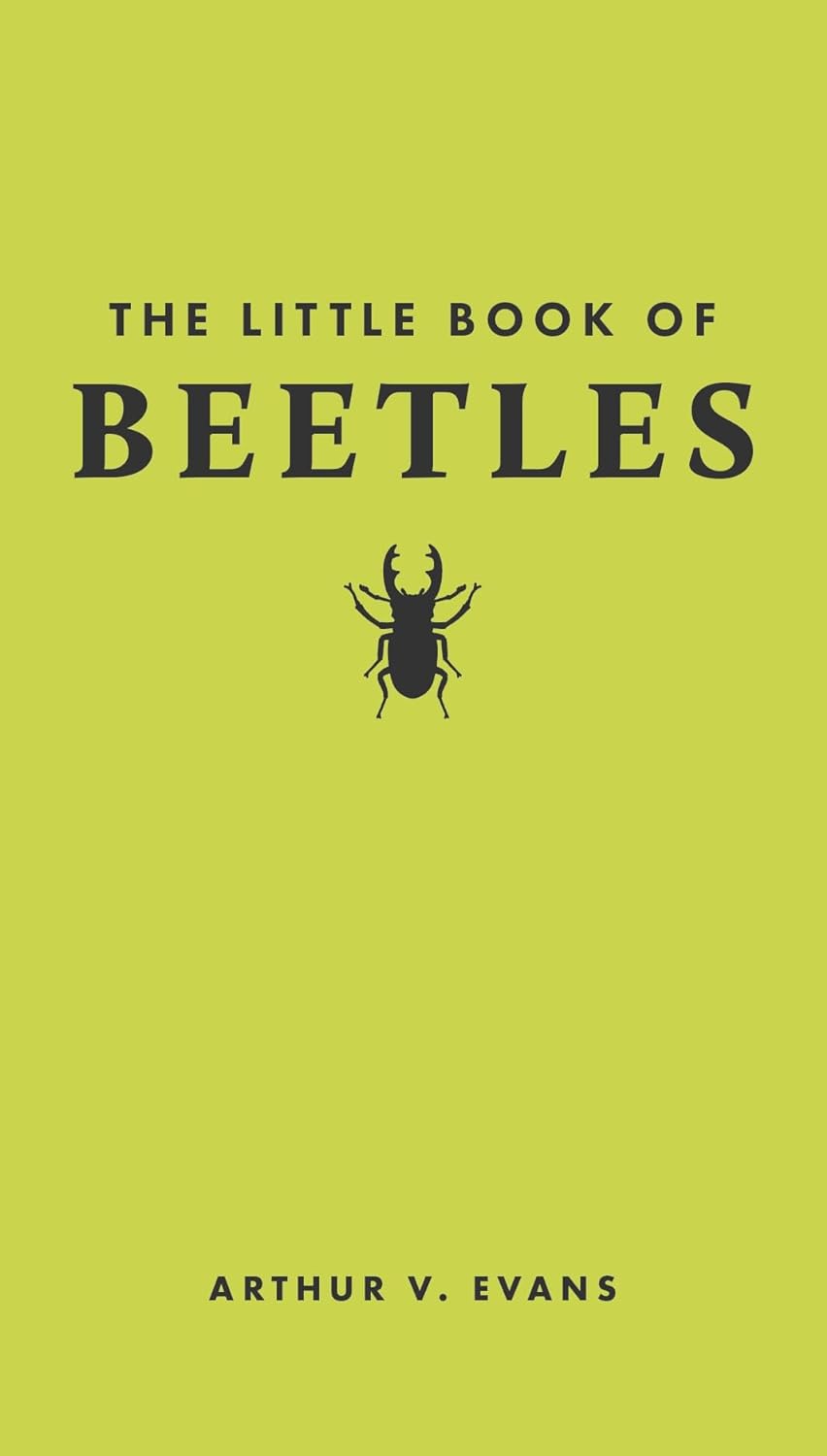

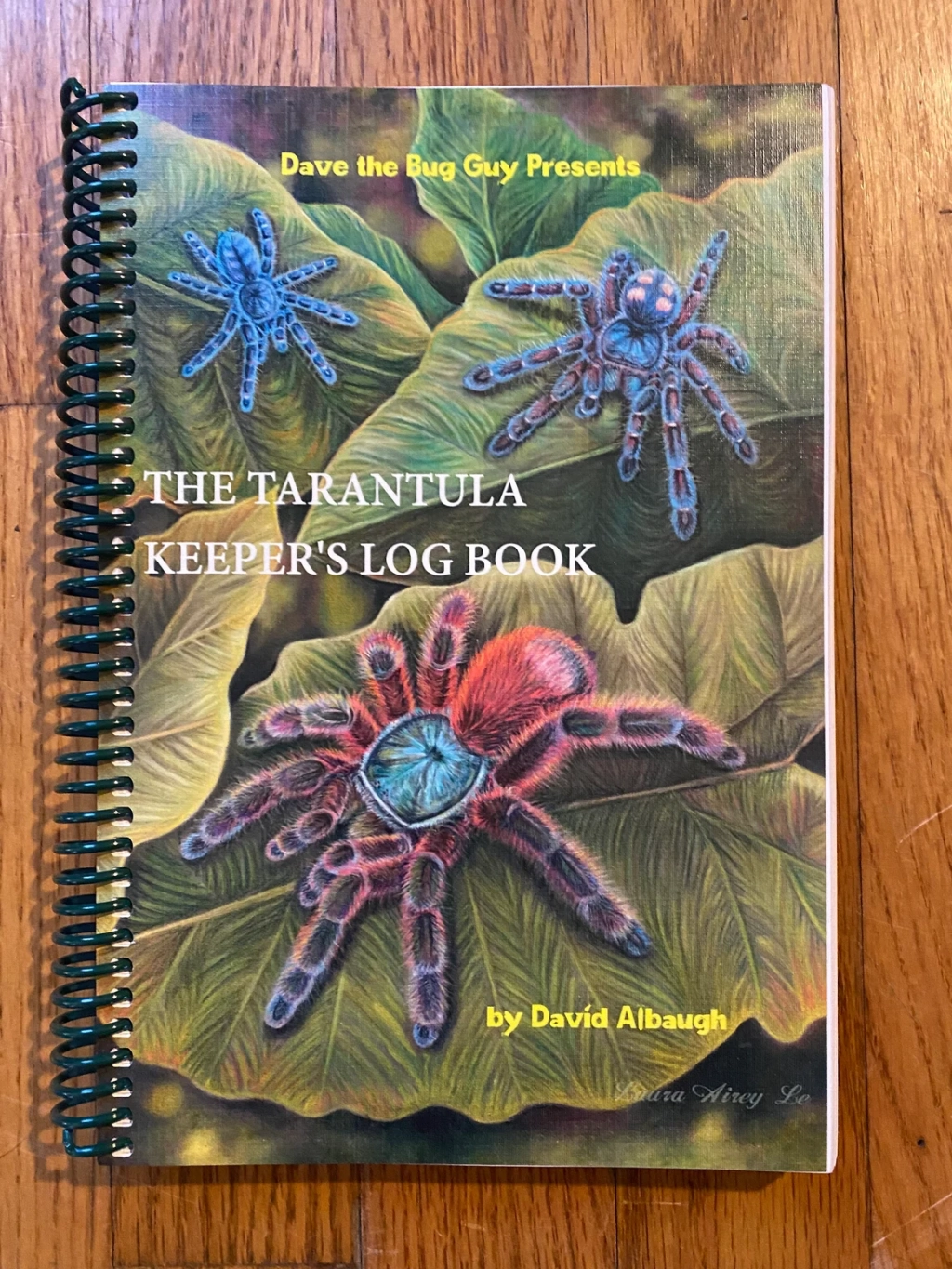
Leave a comment